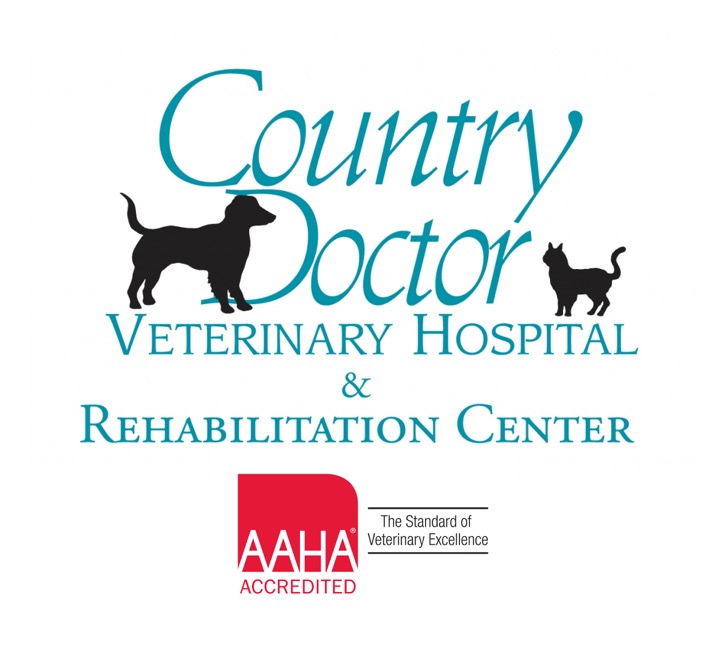At Country Doctor Veterinary Hospital, we know oral health is connected to overall health. We are proud to serve your cats and dogs with reliable pet dental care. Our AAHA-accredited team provides a high standard of dentistry with years of experience helping pets feel relaxed and treated like family throughout the process.
We take a very hands-on approach to dental care for dogs and cats by starting every dental visit with a comprehensive oral exam. Our team is devoted to fully understanding the nuances of your pet’s oral condition so we can best meet their needs. If you’re looking for quality pet dental care in New Tripoli, contact our practice today to schedule a consultation!
